Elevators are ubiquitous in our lives, and we have grown accustomed to the convenience they bring. However, few people realize that elevators are not just a means of transportation; they are also a symbol of human material civilization. The level of elevator technology development reflects the progress of social sciences. The height of skyscrapers is influenced not only by architectural techniques but also by the limitations of elevator lifting capabilities. Today, we will introduce you to the eight major systems of elevators, providing a more comprehensive understanding of this common travel tool in our daily lives.
1. Traction system
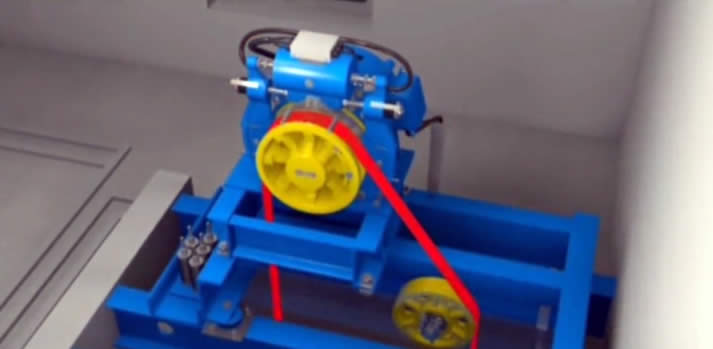
The traction system is composed of traction machine, traction rope, guide wheel and counter rope wheel. Its main function is to output and transmit power so that the elevator can run.
The traction machine provides power for the operation of the elevator, consisting of an electric motor, traction wheel, coupling, gearbox and electromagnetic brake.
The two ends of the traction wire rope are connected to the elevator car and the counterweight respectively, and the elevator car is driven by the friction between the wire rope and the traction wheel.
The function of the guide wheel is to separate the distance between the car and the counterweight. The use of double winding can also increase the traction force.
2. Guidance system
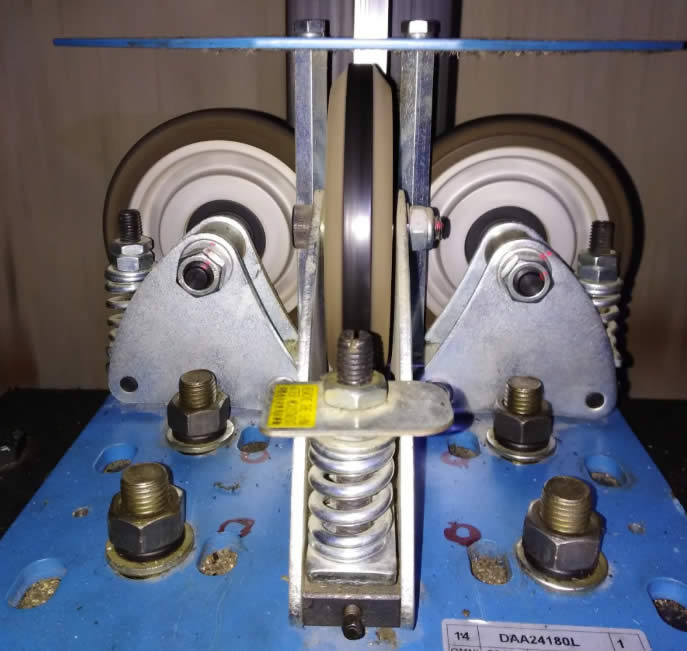
The guidance system is composed of guide rail, guide boot and guide rail frame.
Its function is to limit the freedom of movement of the car and counterweight, so that the car and counterweight can only move up and down along the guide rail.
3. Door system
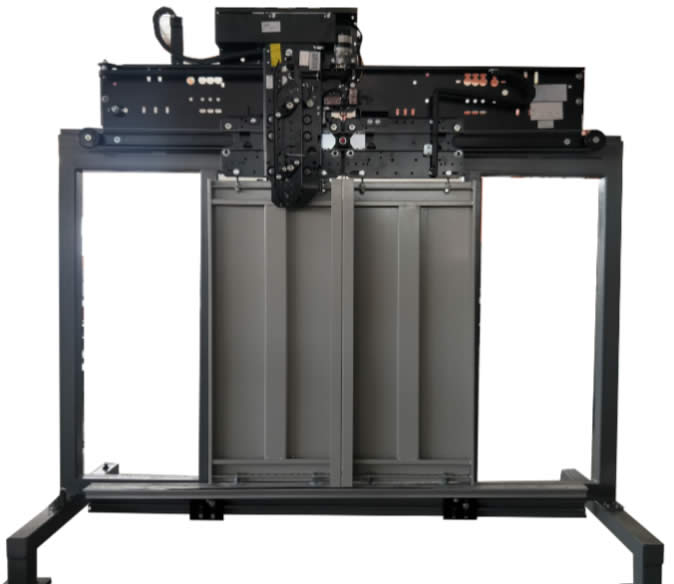
The door system is composed of elevator doors, floor doors, door opening machines, linkage mechanism, door locks, etc. Its main function is to seal the entrance of the floor station and the elevator car to prevent people and articles from falling into the shaft.
The elevator door is located at the entrance of the elevator car and consists of door panels, door guide rail frame, door slider, etc. The floor door is located at the entrance of the floor station. The door machine is located at the top of the elevator car to provide power for the opening and closing of the elevator door and floor door.
4. Car system

The elevator car is the elevator component that carries passengers or goods, consisting of the car frame and the car body.
The car frame is the load-bearing mechanism of the car body, which is composed of crossbeam, column, bottom beam and diagonal rod.
The car body is composed of the bottom, the wall, the roof, the lighting and ventilation device, the decoration parts and the control button board inside the car.
The size of the car is determined by the rated load and the number of passengers allowed.
5. Weight balance system

The weight balancing system consists of a counterweight and a weight compensation device.
The counterweight is composed of a counterweight frame and a counterweight block. The counterweight will balance the weight of the car and part of the rated load.
The weight compensation device is a device to compensate the influence of the length change of the traction steel wire rope between the car and the counterweight on the balance design of the high-rise elevator.
6. Electric drive system
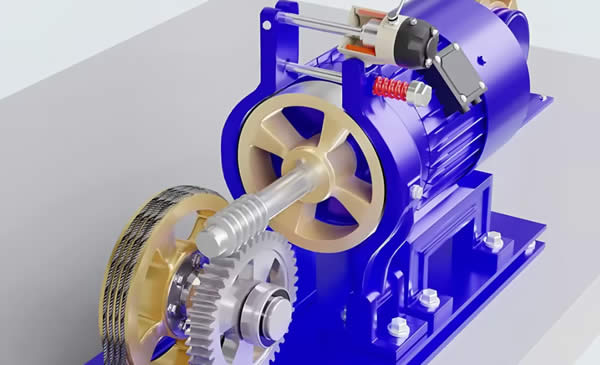
The electric drive system is composed of traction motor, power supply system, speed feedback device, speed control device, etc., which is used to control the speed of the elevator.
The traction motor is the power source of the elevator. According to the configuration of the elevator, it can be an AC motor or a DC motor.
The power supply system is the device that provides power for the motor. The speed feedback system is the device that provides the speed signal of the elevator operation for the speed control system.
Generally, a tachogenerator or a speed pulse generator is connected to the motor. The speed control device controls the speed of the traction motor.
7. Electrical control system
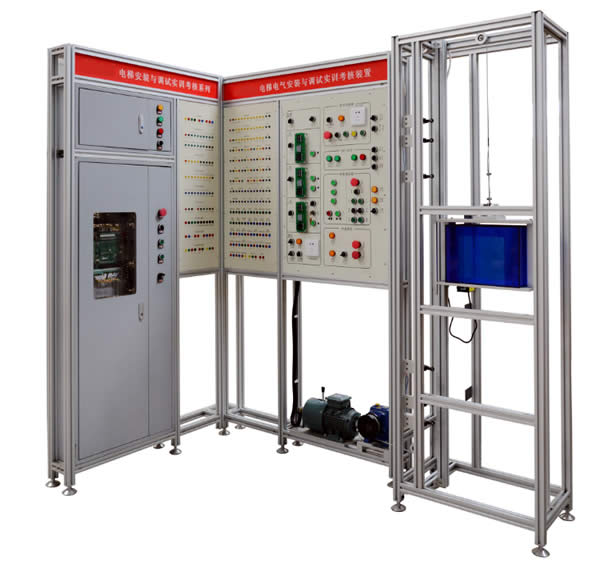
The electrical control system of the elevator is composed of control device, manipulation device, leveling device, position display device and other parts. Its function is to operate and control the operation of the elevator.
The control device controls the operation of the elevator according to the functional requirements of the elevator's operating logic and is set on the control cabinet in the machine room or shaft.
The operating device is operated by the button box in the elevator car and the call box button of the lobby door.
The leveling device is a control device that sends out leveling control signals to make the elevator car accurately level. (Leveling refers to the operation of making the floor sill of the car and the floor sill of the lobby door reach the same plane when the car is approaching the stop station of a certain floor.)
The location display device is used to show the floor position of the elevator in the elevator and the lobby door indicator light. The lobby door indicator light also uses a pointed head to indicate the direction of the elevator.
8. Safety protection system
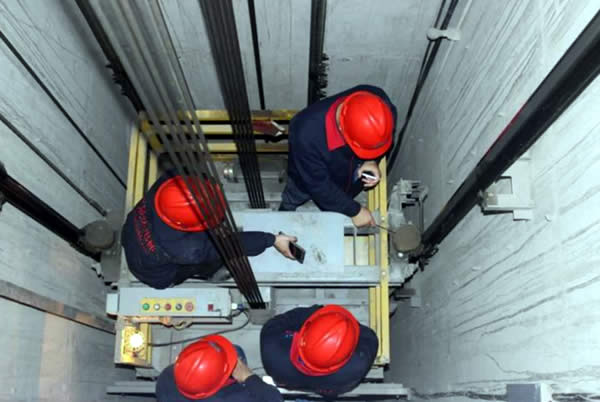
The safety protection system is composed of elevator governor, safety clamp, upward overspeed protection device, buffer, safety touch plate, door lock device, elevator overload protection device, limit switch device and so on.
Its function is to provide multiple protection for the operation of the elevator, to prevent accidents that endanger personal safety.
